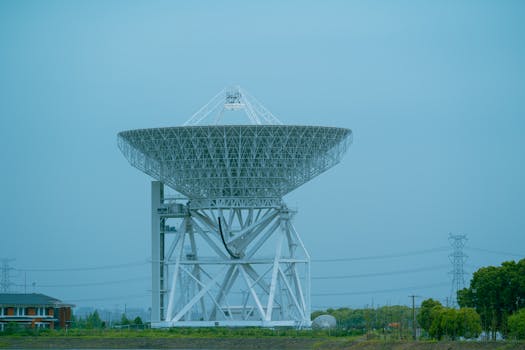Exploring the History of Satellite Development and Key Milestones – Satellite

Exploring the History of Satellite Development and Key Milestones – Satellite
Satellite development has a long and storied history, spanning multiple decades and involving the contributions of countless individuals and organizations. The concept of satellite technology first emerged in the early 20th century, with the idea of launching objects into orbit around the Earth. Since then, satellite development has undergone significant transformations, driven by advances in technology, materials science, and our understanding of space.
The first artificial satellite, Sputnik 1, was launched by the Soviet Union in 1957, marking the beginning of the space age. This historic event was followed by the launch of the first American satellite, Explorer 1, in 1958. The early years of satellite development were characterized by a series of achievements, including the launch of the first communications satellite, Telstar 1, in 1962, and the first weather satellite, TIROS-1, in 1960.
Key Milestones in Satellite Development
One of the most significant milestones in satellite development was the launch of the first geosynchronous satellite, Syncom 2, in 1963. This satellite was able to maintain a stationary position in orbit, allowing for continuous communication with Earth. The development of geosynchronous satellites revolutionized the field of telecommunications, enabling the transmission of data, voice, and video signals across the globe.
Another major breakthrough in satellite technology was the introduction of satellite navigation systems, such as the Global Positioning System (GPS) and the Soviet Union’s GLONASS. These systems, which were initially developed for military applications, have since become essential tools for navigation, mapping, and other civilian uses.
In recent years, satellite development has continued to evolve, with the emergence of new technologies and innovations. The development of small satellites, also known as CubeSats, has enabled the launch of smaller, more affordable satellites that can perform a variety of tasks, from Earth observation to communication. The use of reusable launch vehicles, such as SpaceX’s Falcon 9, has also reduced the cost of accessing space, making it more feasible for companies and organizations to launch their own satellites.
Modern Satellite Applications
Today, satellites play a vital role in a wide range of applications, from communication and navigation to Earth observation and scientific research. Satellites are used to provide internet connectivity, television broadcasting, and mobile phone services, as well as to monitor weather patterns, track climate change, and predict natural disasters.
Satellites are also used in various scientific fields, such as astronomy, geology, and biology, to study the Earth and the universe. The Hubble Space Telescope, launched in 1990, has made significant contributions to our understanding of the universe, while the International Space Station, launched in 1998, has provided a platform for scientific research and experimentation in space.
Conclusion
In conclusion, the history of satellite development is a rich and fascinating field that has led to numerous breakthroughs in space exploration and communication. From the launch of the first artificial satellite, Sputnik 1, to the development of modern satellite applications, the field of satellite technology has undergone significant transformations over the years. As technology continues to evolve, we can expect to see even more innovative applications of satellite technology in the future.